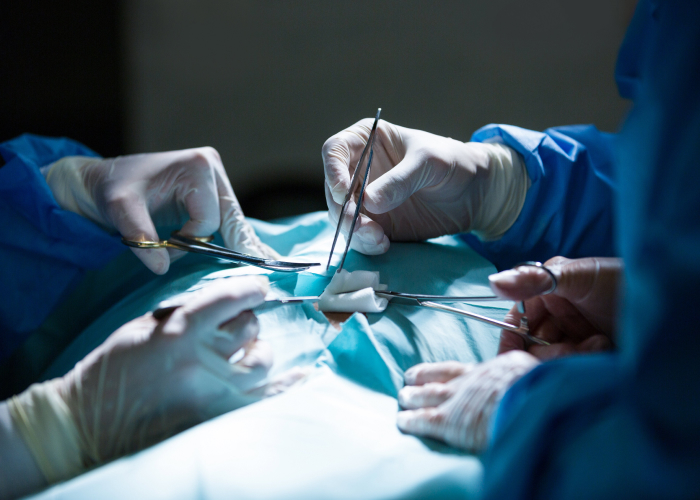Overview
Reconstructive surgery is a specific area of medicine that focuses on repairing both the function and look of body areas impacted by birth defects, injuries, illnesses, or the natural aging process. This kind of procedure can greatly improve quality of life, enhance physical ability, and increase self-esteem. Here is a detailed examination of the components of reconstructive surgery, its advantages, and the various kinds of operations that can be done.
Understanding Reconstructive Surgery
Reconstructive surgery is dedicated to fixing and restoring physical abnormalities and imperfections. Reconstructive surgery, in contrast to cosmetic surgery, is essential for medical reasons and is frequently included in insurance coverage.
Typical Causes for Reconstructive Surgery
- Congenital defects are characterized by conditions such as cleft lip and palate, webbed fingers, and ear deformities.
- Trauma refers to injuries caused by accidents, burns, or deep cuts.
- Health condition: Restoration following cancer therapies, like mastectomy or skin cancer excision.
- Treating harm from serious infections.
- Aging: Treatments for addressing age-induced alterations, like sagging eyelids that impact eyesight.
Types of Reconstructive Surgery
Breast Reconstruction
- Post-Mastectomy Reconstruction: Restores the breast shape after cancer surgery.
- Breast Reduction: For relief from physical discomfort due to overly large breasts.
Facial Reconstruction
- Cleft Lip and Palate Repair: Corrects split lip and roof of the mouth.
- Rhinoplasty: Reshapes the nose for functional or aesthetic reasons.
- Facial Trauma Surgery: Repairs fractures and soft tissue damage.
Hand and Foot Surgery
- Carpal Tunnel Surgery: Relieves pressure on the median nerve in the wrist.
- Dupuytren’s Contracture Surgery: Treats thickening and tightening of the hand’s connective tissue.
Skin Grafts and Flap Surgery
- Skin Grafting: Transplants skin to repair areas with significant skin loss.
- Flap Surgery: Uses tissue from one part of the body to reconstruct another.
- Scar Revision Surgery
- Keloid and Hypertrophic Scar Removal: Reduces prominent and restrictive scars.
Benefits of Reconstructive Surgery
- Improved Capacity: Enhances physical abilities and everyday tasks.
- Improved Look: Deals with cosmetic issues, increasing confidence.
- Relief from pain: Eases discomfort resulting from structural abnormalities.
- Enhanced mental health: improves emotional wellness and social connections.
How long does reconstructive surgery last?
This is also determined by the process. Some tasks may require hours to complete, while others may only take one hour.
What’s the difference between cosmetic surgery and reconstructive surgery?
Cosmetic and reconstructive surgery, despite being performed by plastic surgeons, have separate objectives. Cosmetic surgery improves looks by altering natural characteristics such as noses or breasts. Reconstructive surgery corrects deformities resulting from injury, illness, or congenital issues. This may include repairing a cleft lip to restore function or enhancing appearance post-accident. So, if you desire a larger nose, it can be considered cosmetic. Reconstructive surgery is necessary to rebuild the nose after an accident.
Conclusion
Reconstructive surgery is crucial for enhancing the quality of life for people with physical deformities and defects. By repairing both form and function, it provides advantages for both the body and mind. In Latur, Maharashtra, individuals can receive specialized care from Dr. Sumit Hadgaonkar, a Consultant Plastic, Reconstructive, Vascular & Microvascular Surgeon, who offers customized services to meet your unique requirements.
At Hadgaonkar Plastic Surgery and Dental Clinic, we are dedicated to providing outstanding healthcare services. Our clinic offers the latest technology and a caring team to guarantee optimal results for breast reconstruction, facial reconstruction, and scar revision.


